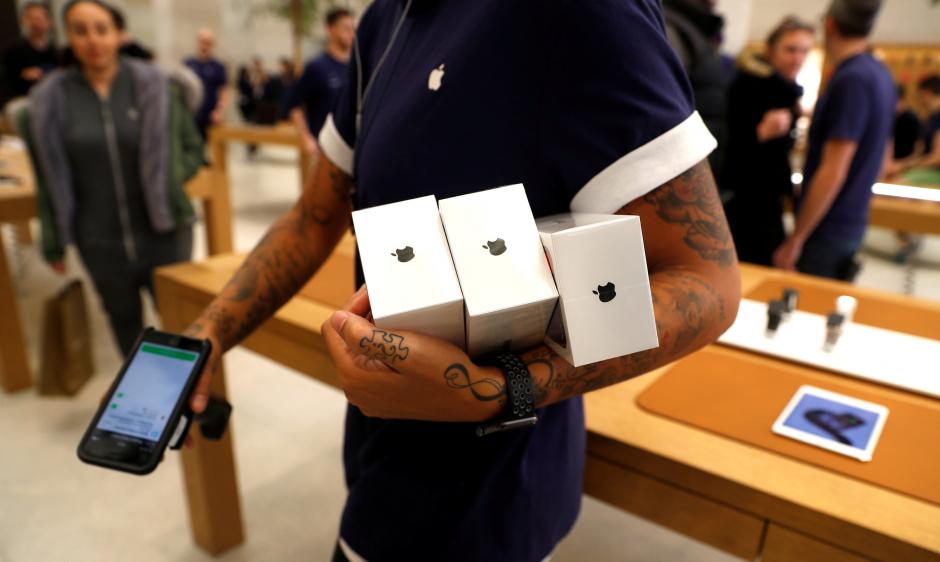Car Manufacturers Are Tracking Millions of Cars
Millions of new cars sold in the US and Europe are “connected,” having some mechanism for exchanging data with their manufacturers after the cars are sold; these cars stream or batch-upload location data and other telemetry to their manufacturers, who argue that they are allowed to do virtually anything they want with this data, thanks to the “explicit consent” of the car owners — who signed a lengthy contract at purchase time that contained a vague and misleading clause deep in its fine-print.
Slashdot reader Luthair adds that “OnStar infamously has done this for some time, even if the vehicle’s owner was not a subscriber of their services.” But now 78 million cars have an embedded cyber connection, according to one report, with analysts predicting 98% of new cars will be “connected” by 2021. The Washington Post calls it “Big Brother on Wheels.”
“Carmakers have turned on a powerful spigot of precious personal data, often without owners’ knowledge, transforming the automobile from a machine that helps us travel to a sophisticated computer on wheels that offers even more access to our personal habits and behaviors than smartphones do.”





 “Data-driven policing means aggressive police presence, surveillance, and perceived harassment in those communities. Each data point translates to real human experience, and many times those experiences remain fraught with all-too-human bias, fear, distrust, and racial tension. For those communities, especially poor communities of color, these data-collection efforts cast a dark shadow on the future.”
“Data-driven policing means aggressive police presence, surveillance, and perceived harassment in those communities. Each data point translates to real human experience, and many times those experiences remain fraught with all-too-human bias, fear, distrust, and racial tension. For those communities, especially poor communities of color, these data-collection efforts cast a dark shadow on the future.”